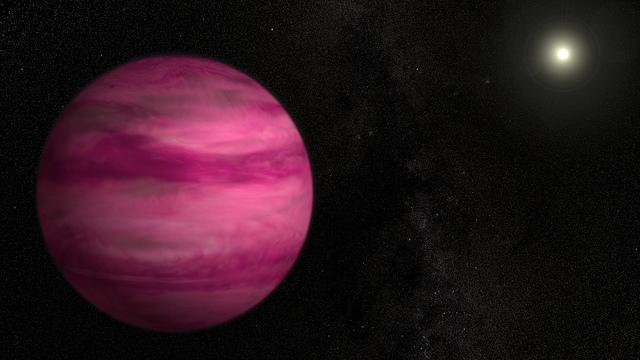To help find life beyond our solar system, scientists have created a colorful catalog containing reflection signatures of Earth life forms that might be found on the surfaces of far-flung planets.
The new database and research give humans a better chance of learning whether or not we’re alone.
“This database gives us the first glimpse at what diverse worlds out there could look like. We looked at a broad set of life forms, including some from the most extreme parts of Earth,” says Lisa Kaltenegger, professor of astronomy and director of Cornell University’s new Institute for Pale Blue Dots. The institute hosts the new database, which other researchers can use freely.

European Southern Observatory, CC BY




